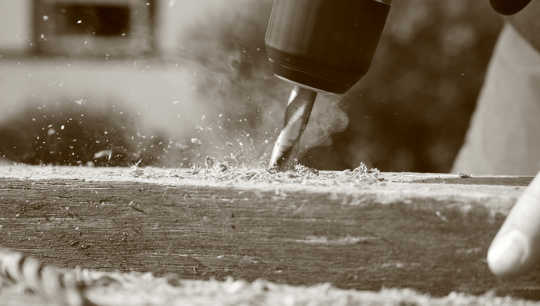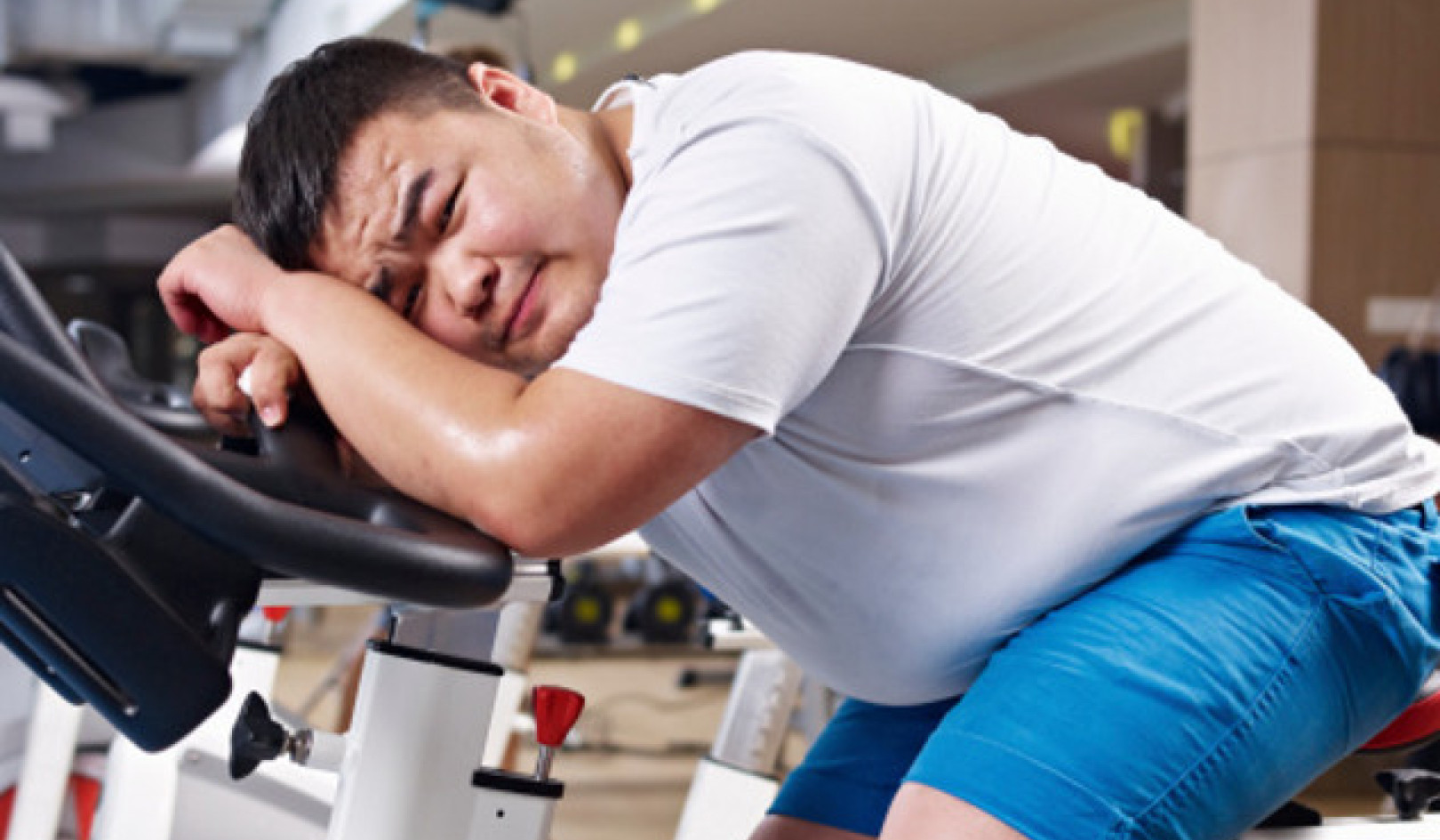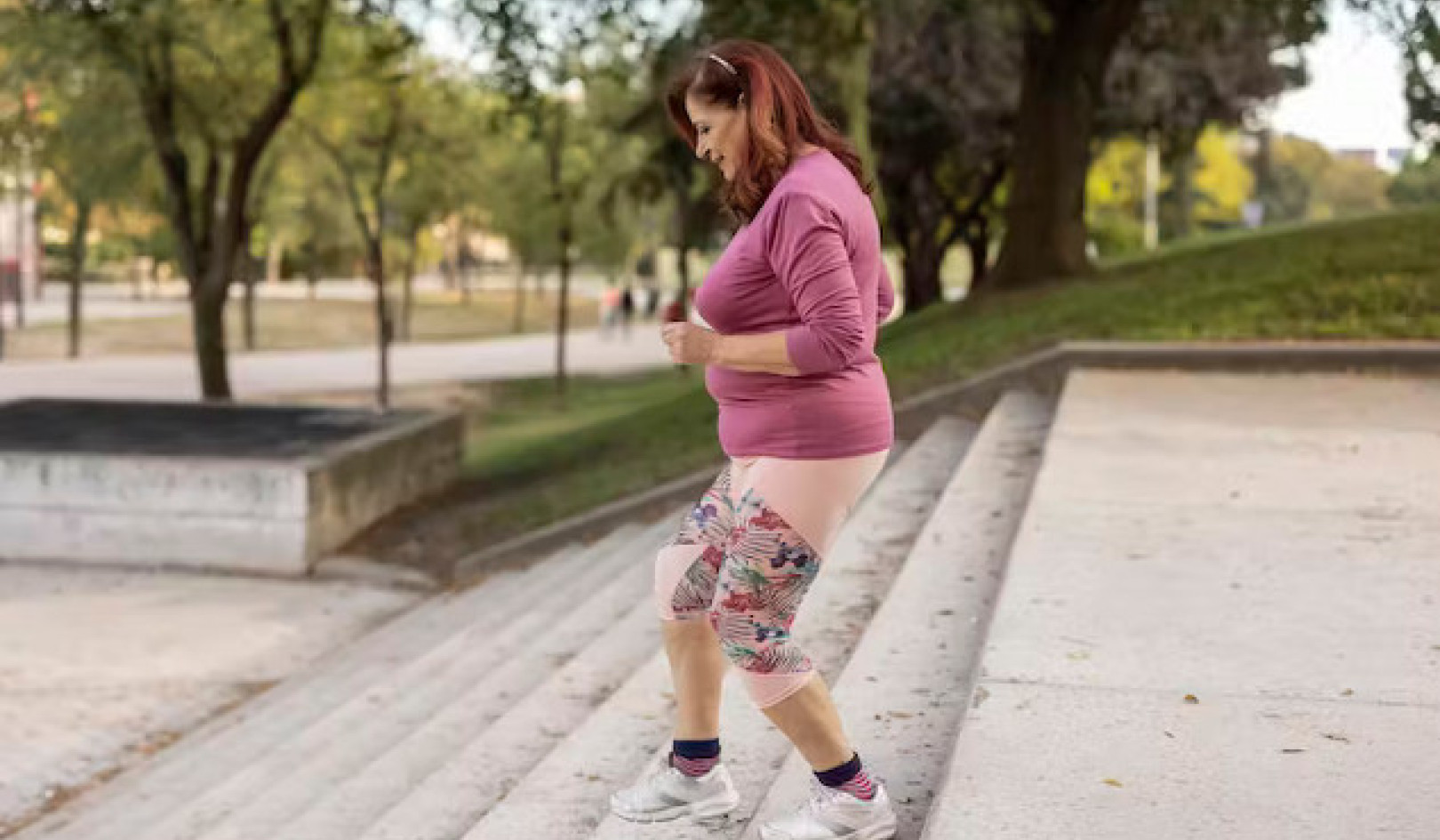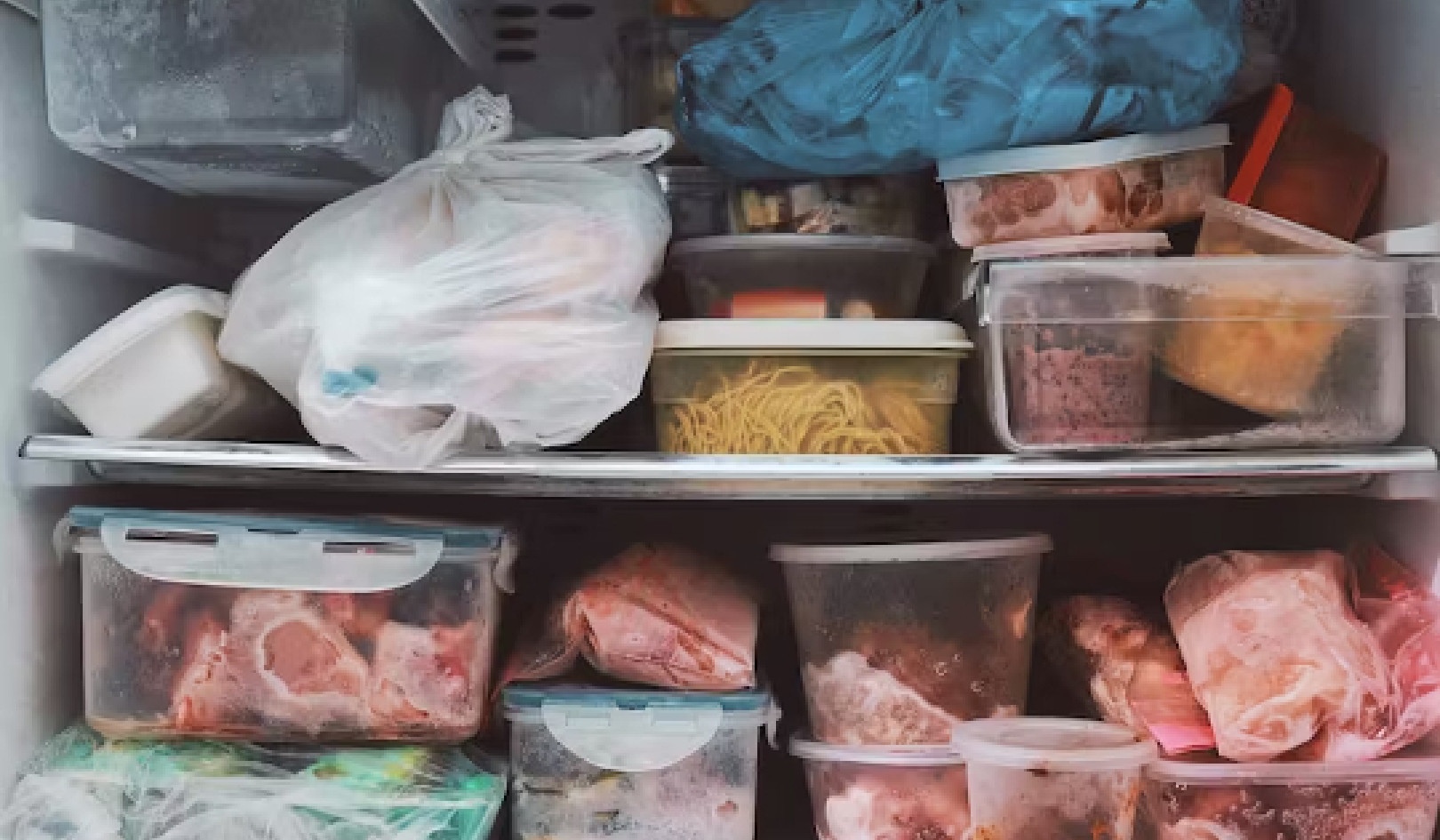 Keep your eyes shielded – and your lungs. Vicky Hugheston, CC BY
Keep your eyes shielded – and your lungs. Vicky Hugheston, CC BY
We all know about the obvious dangers of DIY and construction work – smashed thumbs, stubbed toes and so on. Even hanging wallpaper results in 1,500 British people going to hospital every year.
But the biggest threat might be invisible. Research by my team has revealed that drilling, cutting and sawing releases into the air dangerous levels of ultrafine particles. These tiny specks of dust that are 700 to 70,000 times thinner than human hair are small enough to slip through most masks and could cause serious heart and lung diseases due to prolonged exposure.
Our latest study, published in the Journal of Nanoparticle Research indicates peak concentrations during drilling, cutting or sawing could reach as high as 4,000 times as much as the level at the same site when there is no work going on.
We measured the particles released by a variety of different DIY and construction activities – wall chasing (cutting grooves into a wall using an electrical tool, for example to lay electrical cables) released the most particles but, on average, up to 40-times higher concentrations were recorded during refurbishment work compared with local background levels (when no construction work was taking place).
These tiny particles are especially dangerous as their large surface area relative to their size increases their potential chemical reactivity and ability to be absorbed into the human body. They can pass deep into the respiratory system, reacting with the lung tissues and potentially entering the blood stream. This isn’t an issue with larger particles (such as regular, visible dust), which cannot pass through cell membranes.
We’ve previously calculated traffic-related emissions of these nanoparticles are responsible for around 40,000 deaths per year in Delhi alone, and roughly 300,000 deaths per year in Asian megacities.
The problems with traffic emissions are well known – construction-related nanoparticles, less so. Yet it’s an issue that won’t go away. By 2030 the world population will hit 8.3 billion, and all those extra people will need more urban infrastructure – new construction, demolition of old buildings and renovation of existing ones. The DIY market is growing in the UK and is expected to grow even further as existing buildings show their age.
Building Sites Are Even Worse Than Roads
At the University of Surrey we’ve looked at a series of health risks associated with this topic, highlighting for instance the high exposure of construction workers to ultrafine particles.
Our latest observations clearly indicate workers on refurbishment sites are even more exposed than those working on the roadside, even given the already high concentrations of ultrafine particles (from vehicle emissions) you’d expect to find beside a road.
We need to limit the occupational hazards on refurbishment sites – builders work long hours and end up experiencing more exposure to ultrafine particles than equivalent workers outdoors or in cars.
These particles were also found to travel further than their larger counterparts, putting even passers by and the occupants of nearby buildings at risk. Water sprays do a good job of suppressing dust emissions. Respiratory masks are also effective at blocking out coarse (visible) dust – however they weren’t so effective with ultrafine particles because they simply aren’t designed to protect against nano-size dust particles.
While renewing rather than replacing is great for sustainability, it is less positive for those working in and around these sites. With the potential to breathe in harmful dust particles including silicon, copper and aluminium, our research shows that we need more regulatory guidelines, not only to protect construction workers, but to protect the general public.
In the meantime, construction workers and those undertaking their own building projects, should always err on the side of caution and wear face masks when undertaking activities that could throw out dust. Some of the most dangerous particles are invisible and we shouldn’t underestimate the effect on our health – and on the health of those around us.
About The Author
 Prashant Kumar is Reader in Wind Engineering at University of Surrey. His research is focused on three key areas: (i) airborne nano/ultrafine particles and aerosols, (ii) urban air quality, and (iii) wind engineering.
Prashant Kumar is Reader in Wind Engineering at University of Surrey. His research is focused on three key areas: (i) airborne nano/ultrafine particles and aerosols, (ii) urban air quality, and (iii) wind engineering.
This article was originally published on The Conversation. Read the original article.
Related Book:
at

Thanks for visiting InnerSelf.com, where there are 20,000+ life-altering articles promoting "New Attitudes and New Possibilities." All articles are translated into 30+ languages. Subscribe to InnerSelf Magazine, published weekly, and Marie T Russell's Daily Inspiration. InnerSelf Magazine has been published since 1985.

Thanks for visiting InnerSelf.com, where there are 20,000+ life-altering articles promoting "New Attitudes and New Possibilities." All articles are translated into 30+ languages. Subscribe to InnerSelf Magazine, published weekly, and Marie T Russell's Daily Inspiration. InnerSelf Magazine has been published since 1985.






















